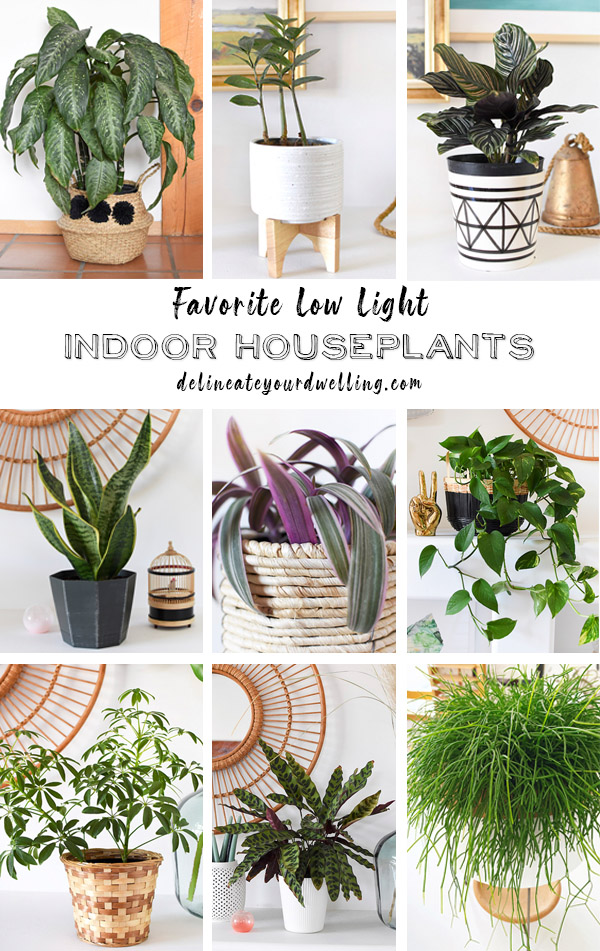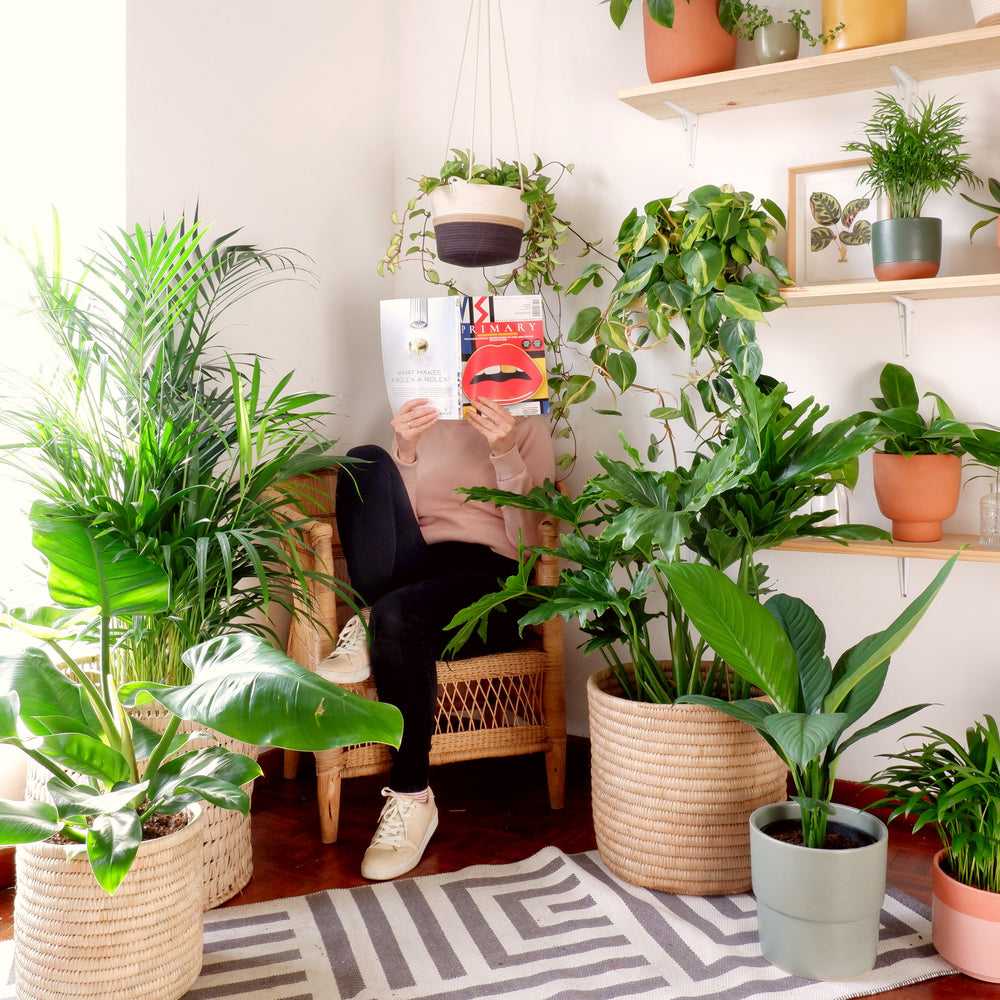The Best Low-Light Indoor Plants to Improve Your Home’s Air Quality
Transform Your Home With Beautiful Low-Light Indoor Plants and Their Benefits
Integrating low-light indoor plants right into your home can dramatically enhance both the ecological and visual quality of your home. These plants, which grow in dim problems, serve not just as decorative components yet additionally as all-natural air cleansers, making them optimal for metropolitan occupants or those with limited sunshine exposure. As we discover the numerous sorts of low-light plants and their advantages, you may find unexpected ways to integrate them into your home that can transform your environments in means you might not have expected.
Benefits of Low-Light Plants
Low-light plants use numerous benefits for indoor atmospheres, making them an outstanding choice for both amateur and seasoned gardeners. Among the main benefits is their adaptability to low-light problems, allowing people to improve their home without the demand for substantial sunshine direct exposure. This particular makes them perfect for homes, workplaces, and other areas with restricted all-natural light.

Additionally, incorporating low-light plants right into home décor can boost the aesthetic appeal of a space. Their lavish vegetation and differed structures create a calming environment, adding to general health. The existence of plant has actually been connected to lowered anxiety degrees and enhanced performance, making low-light plants a functional option for enhancing both physical and psychological wellness in interior setups.
Top Low-Light Indoor Plants
While many interior plants grow in brilliant light, several types are especially fit for low-light conditions, making them excellent for different indoor areas. One popular selection is the Serpent Plant (Sansevieria), recognized for its striking upright leaves and resilience, calling for marginal treatment. One more exceptional choice is the Pothos (Epipremnum aureum), which features heart-shaped fallen leaves and can trail perfectly from racks or hangers, growing in low light and including a lush touch.
The ZZ Plant (Zamioculcas zamiifolia) is celebrated for its glossy leaves and capability to endure overlook, making it excellent for busy way of livings. Similarly, the Tranquility Lily (Spathiphyllum) not only endures reduced light yet also produces sensational white flowers, enhancing any area's visual.
For a special touch, consider the Cast Iron Plant (Aspidistra elatior), which undoubtedly meets its name, flourishing in the darkest corners of your home. Lastly, the Chinese Evergreen (Aglaonema) offers a selection of fallen leave patterns and shades while being remarkably flexible in low-light conditions. These plants not only enhance interior atmospheres but likewise add to air purification, enhancing your living room.
Care Tips for Low-Light Plants

Watering methods are crucial; these plants frequently prefer somewhat completely dry conditions. Overwatering can cause root rot, check my site so ensure that the top inch of dirt is completely dry prior to sprinkling once again. Use pots with drain openings to allow excess dampness to get away.
Humidity is one more crucial element. Several low-light plants, such as brushes and tranquility lilies, benefit from higher humidity degrees. To enhance moisture, consider misting the fallen leaves or positioning a tray of water near the plants.
Fertilizing ought to be approached with caution. Throughout the growing period, utilize a watered down, balanced fluid fertilizer every month to sustain development, yet avoid feeding during the inactive cold weather.

Innovative Ways to Present Plants
Indoor plants can act as fascinating centerpieces in any room, improving both visual charm and setting. Creative display screens can elevate the visual effect of low-light plants, making them an indispensable component of your home decoration. One reliable technique is to utilize tiered plant stands, which allow you to display numerous plants at varying elevations while making best use of floor area.
Hanging planters are an additional innovative option, developing a feeling of depth and drawing the eye upward. Think about macramé hangers or wall-mounted shelves to introduce an one-of-a-kind texture and style.
For a more structured strategy, use geometric terrariums or glass containers to house your plants, including a modern touch to your indoor yard. You can also repurpose classic products, such as teacups or wooden dog crates, for an eclectic display screen that mirrors your character.
Enhancing Home Ambiance With Plants
Integrating low-light plants right into your home not only improves aesthetic allure but likewise adds substantially to the total setting. These plants function as natural decor elements, presenting a sense of harmony that can transform any type of space. The visibility of greenery promotes a relaxing atmosphere, which is especially helpful in high-stress settings such as office or living spaces.
Low-light plants, such as snake plants, pothos, and ZZ plants, are not just visually pleasing but likewise enhance indoor air top quality by filtering system pollutants. This twin function enhances the setting further, producing a healthier space (Best low-light indoor plants). The calculated positioning this website of these plants can also affect the assumption of area; for instance, tall plants can attract the eye up, making ceilings show up higher and areas more roomy
Moreover, differing appearances and shades of vegetation add deepness to interior decoration, enabling imaginative expression in home styling. Whether put on shelves, in corners, or as centerpieces, low-light plants can elevate the state of mind of any type of area. In summary, including these plants right into your home is an effective method to foster a cozy, inviting environment while gaining the advantages of boosted air high quality and visual convenience.
Final Thought
Incorporating low-light interior plants into home environments supplies many benefits, including improved visual allure and enhanced air quality. These resilient plants, such as the Serpent Plant and Tranquility Lily, require marginal light and maintenance, making them appropriate for varied way of livings. Their ability to filter toxins adds to a healthier home, while their different textures and shades improve interior style (Best low-light indoor plants). Inevitably, the incorporation of low-light plants promotes a peaceful Get the facts and welcoming ambiance, changing any home right into a peaceful sanctuary.
While many interior plants thrive in brilliant light, numerous varieties are especially fit for low-light conditions, making them ideal for various interior spaces. One effective approach is to utilize tiered plant stands, which enable you to showcase multiple plants at varying heights while making the most of floor space.
Low-light plants, such as serpent plants, pothos, and ZZ plants, are not only aesthetically pleasing yet also improve interior air high quality by filtering system pollutants. Best low-light indoor plants. The tactical placement of these plants can also affect the perception of space; for instance, tall plants can attract the eye up, making ceilings appear greater and rooms a lot more large
These resilient plants, such as the Snake Plant and Peace Lily, need very little light and maintenance, making them suitable for diverse lifestyles.